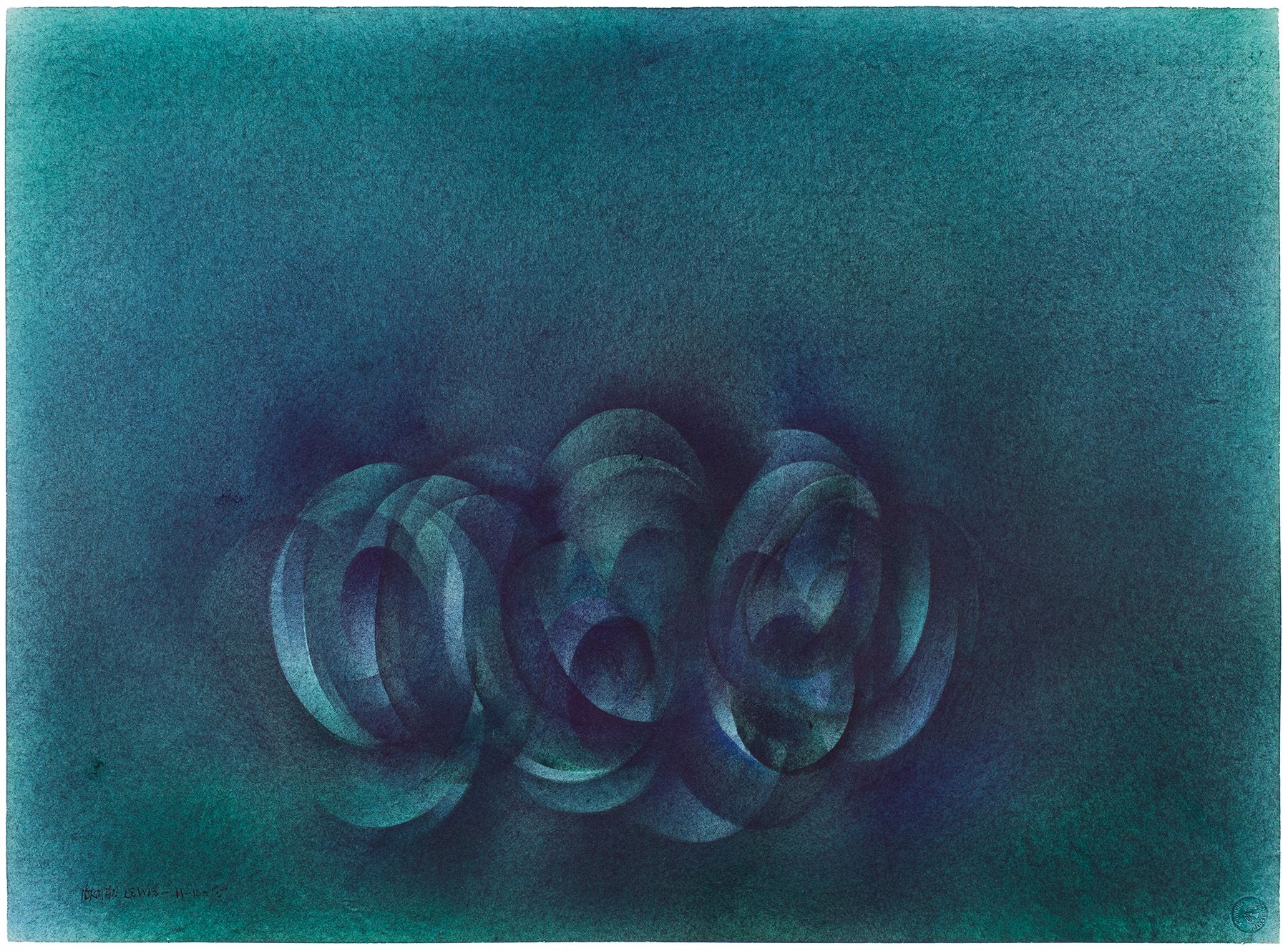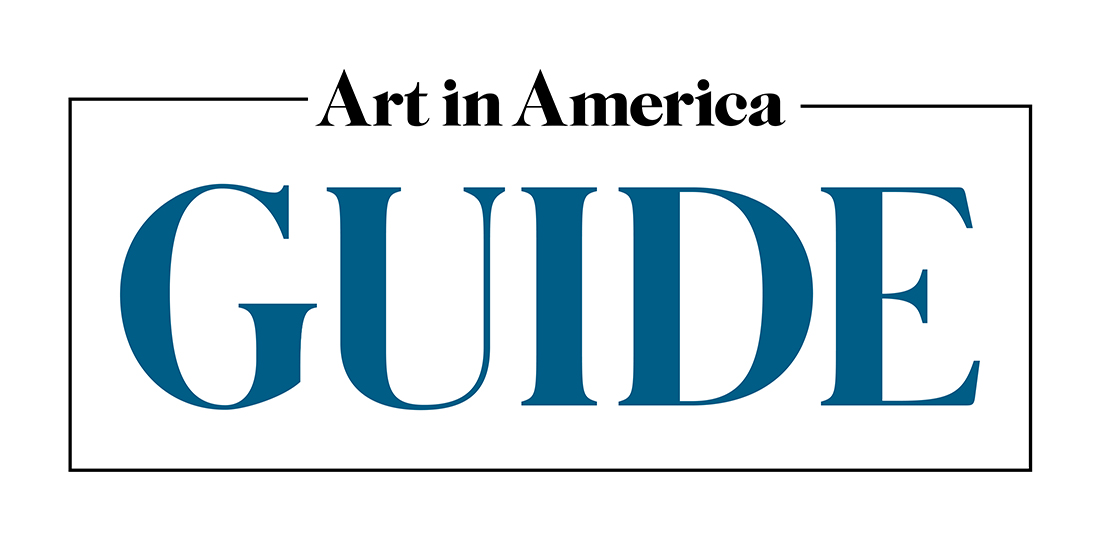
- This event has passed.
Norman Lewis: Give Me Wings To Fly
September 7, 2023 - November 4, 2023

“[Norman Lewis’ works on paper] are visually unique, intellectually demanding, and extremely beautiful in the deliberateness of their hybridity and ambiguity. …The artist’s concern for his viewers, as well as himself, is profoundly embedded into the generosity by which Norman Lewis embraced, demanded, and believed in the power of art to alter the world intuitively and purposefully.”
—Ruth Fine
Michael Rosenfeld Gallery is pleased to present Norman Lewis: Give Me Wings To Fly, the gallery’s sixth solo exhibition dedicated to the artist. A vital member of the first generation of abstract expressionists, Norman Lewis (1909–1979) executed hundreds of works on paper throughout his career, considering the medium to be of equal importance to his pursuits on canvas or board. Give Me Wings To Fly features sixty works dating from 1935 through 1978 that collectively trace the major developments of the artist’s visual language and reveal his immense range in subject, technique, and style. The exhibition will be accompanied by an online catalogue publishing new scholarship by art historian and Norman Lewis expert Ruth Fine. Now an independent curator, Fine retired from her position as a curator at The National Gallery of Art in 2012, after four decades at the museum. In 2015, she curated the critically acclaimed traveling exhibition Procession: The Art of Norman Lewis, organized for the Pennsylvania Academy of the Fine Arts (PAFA).
Borrowing its title from a 1954 ink drawing included in the exhibition, Give Me Wings To Fly constitutes a succinct microcosm of Lewis’ body of works on paper, highlighting standout compositions from each phase of the artist’s career. The staggering range of Lewis’ technical and stylistic experimentation is perhaps most evident in his paper oeuvre, which ranges from elegantly spare explorations of calligraphic linework to densely atmospheric, allover compositions executed in oil, gouache, and pastel. Lewis often used his works on paper as arenas for the exploration of new compositional processes and formal vocabularies, rendering this expansive body of work a vital key to understanding his overarching artistic concerns.
Organized according to the major stylistic turns in Lewis’ career, Give Me Wings To Fly attests to Lewis’ friend, the sociologist Julian Euell’s observation that he was “a master at working in several idioms at the same time.” The earliest works on view are a rare group of representational pastels dating to 1935 that portray a selection of the traditional West and Central African artifacts Lewis admired in the Museum of Modern Art’s African Negro Art exhibition of the same year. These drawings are installed alongside vitrines displaying a selection of Lewis’ sketchbooks on loan from the artist’s archive, allowing visitors to follow the evolution of his prevailing motifs from their nascent conception to their fully developed execution in the adjacent galleries.
The artist’s gift for simultaneously investigating multiple formal and conceptual concerns within a single period of his career—and sometimes, within a single work—is demonstrated by a group of drawings representative of Lewis’ initial foray into abstraction. Disillusioned with the Social Realist mode that defined his early career and inspired by the European cubists and surrealists he had been studying, Lewis executed a series of drawings inspired by architectural designs specific to his Harlem surrounds. Doors, windows, fire escapes, stoops, gates, and other structures provided the formal basis for several compositions of varying levels of abstraction executed from 1945–46, and the kernels of what would become Lewis’ visual vocabulary are apparent in these pivotal drawings.
Largely self-educated, Lewis was endlessly curious and maintained a large personal library of books on a wide variety of subjects ranging from Bauhaus architecture, English and French literature, Classical music, East Asian calligraphy, mystic ritual, and more. Like many of his New York School peers, jazz was also a constant source of inspiration for Lewis, who frequented jazz clubs and maintained an expansive collection of records. His spiritual and intellectual engagement with blues, bebop, and free jazz is evident in his approach to abstract expressionism, wherein specific themes are amplified, expanded upon, and embellished as a musician would riff on a melody—a tendency that lent itself to the immediacy inherent to the medium of drawing.
The transcendent results of the artist’s diverse interests and methodical explorations of abstraction’s evocative power are perhaps most observable in the exacting, minimalist ink drawings from the late 1940s and 1950s on view. Lewis’ lyrical, spare compositions of this period reveal his burgeoning interest in Chinese calligraphy, which approximately coincided with his adoption into the Willard Gallery stable of artists in 1946. Known for its program of American abstractionists with an interest in the philosophies and aesthetics of East Asian cultural traditions, Willard Gallery brought together such luminaries as Mark Tobey and Morris Graves, whose travels to China and Japan deeply influenced their artistic sensibilities, and Japanese émigré painter Genichiro Inokuma, with whom Lewis developed a close friendship.
As the 1950s and 1960s progressed, Lewis expounded on his major stylistic concerns, resulting in a proliferation of works that deeply investigate or inventively combine his distinct abstract vocabularies. Give Me Wings to Fly highlights quintessential examples of Lewis’ energetic “little people” compositions, wherein repeated linear motifs indicative of the figure are arranged in a variety of contexts. In his atmospheric compositions, ethereal swathes of pigment are often applied to indicate dimensional space such as land, city, or seascapes, conjuring images that simultaneously evoke cloud formations and a human torso, or the rise and fall of ocean waves and mountain ridgelines. Similarly, the artist’s stylized linework often indicates the presence of a figure, glyph, or audial event, such as the frenetic syncopations of bebop and the branches of a barren tree.
Though he resided in Manhattan all his life, Lewis held a deep appreciation for the natural world, maintaining a lush indoor garden of potted plants in his studio and keeping pet birds. Arboreal and botanical motifs recur throughout his oeuvre, as do ornithological references often intended to be read as metaphors for sociopolitical struggle. Despite remaining dedicated to abstraction from the 1940s onward, Lewis’ activism and political views are apparent in numerous works, including the totem-themed line drawing Too Much Aspiration (c.1953), an untitled composition from 1968 centered on a semi-abstract linework indicative of a line of hands grappling in a game of tug-of-war, and an atmospheric work from 1974 featuring a sequence of ascending rectilinear edges executed in a palette of red, black, and green—the colors of the Pan-African flag.
In the years 1929 to 1932, Lewis worked as a merchant sailor for a line of commercial freighters, and this experience sparked an enduring interest in nautical subjects. Thematic explorations of the sea extend across his entire career, eventually culminating in his final series of compositions, known as the Seachange works, several examples of which are on view. The echoing, ovoid motif centered in these works was inspired by the artist’s travels to Greece in the summer of 1973, when Lewis and his wife Ouida visited the artist Jack Whitten at his summer residence in Crete. Lewis’ sketchbooks from this visit reveal a resurgent interest in themes referencing the ocean and, specifically, a desire to capture the movement and sound of seaside winds in a visual format. These works are also read by many art historians as a metaphor for Lewis’ newfound hopes for American society in the wake of the hard-won freedoms brought about by the civil rights activists and politicians who advocated for justice and racial equality in the preceding decades.
Norman Lewis: Give Me Wings To Fly is Michael Rosenfeld Gallery’s third solo exhibition on the artist since taking on representation of the estate in 2014. The gallery has been a vocal champion of Lewis’ art for over thirty years: his work was regularly featured in the gallery’s celebrated African American Art: 20th Century Masterworks series (1993–2003), and the gallery has mounted five previous solo exhibitions dedicated to Lewis, two of which were also dedicated to his works on paper: Norman Lewis: Intuitive Markings, Works on Paper, 1945–1975 (1999); Norman Lewis: Abstract Expressionist Drawings, 1945–1978 (2009); Norman Lewis: PULSE, A Centennial Exhibition (2009); Norman Lewis: A Selection of Paintings and Drawings (2016); and Norman Lewis: Looking East (2019).
